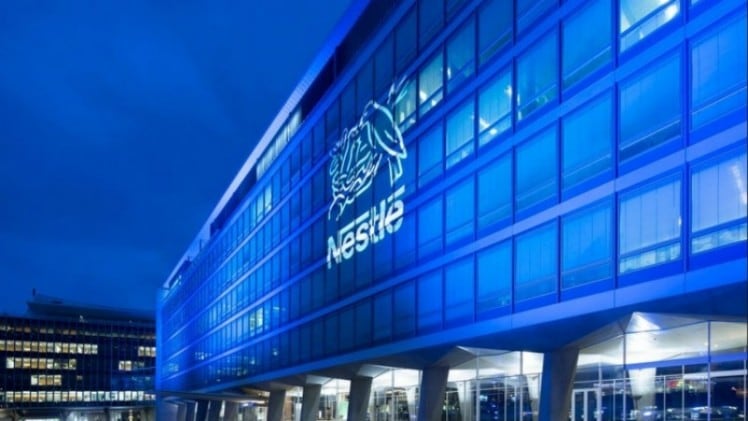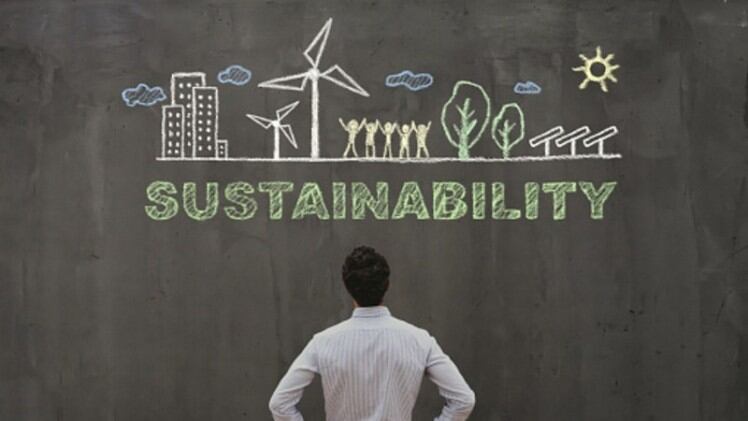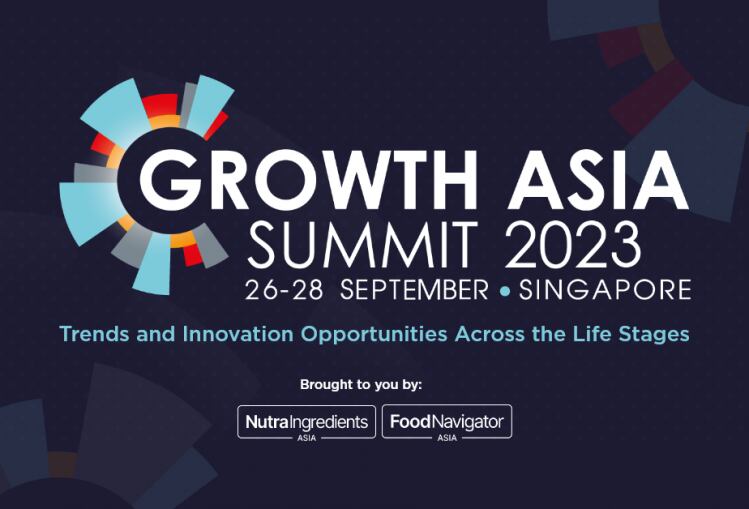The firm recently announced its nine-month sales results for FY2023. This was not published as a Q3FY2023 financial results document and hence did not include any information on revenue or profits, both of which were positive as of Q2 this year.
The focus was on sales volumes and the company’s preferred measurement of Real Internal Growth (RIG) which is an alternative measure defined as the ‘impact on sales of volume increases or decreases’.
Even so, the firm reported an overall negative RIG of -0.6% and a decrease in total sales by -0.4% to CHF68.8bn (US$77bn) from CHF69.1bn (US$77.4bn) in FY2022. A good deal of this was attributed to foreign exchange, which was said to decrease sales by 7.4%.
Overall organic sales growth was reported at 7.8% - though this was driven strongly by pricing adjustments (8.4%).
“Growth was driven by pricing as we continued to navigate historic inflation levels,” Nestle CEO Mark Schneider said in the firm’s most recent investor’s conference call.
“The recovery of our volume and mix is underway, and we are seeing the benefits of our portfolio optimisation initiatives and increasing marketing investments behind our brands.
“Nestlé has also further strengthened our nutrition strategy and stepped-up efforts to guide consumers towards a balanced diet - Actions include providing clear, front-of-pack portion guidance, transparency on the nutritional value of our products and leading marketing-to-children policies.
“These steps underpin our confidence that real internal growth, the sum of volume and mix, will turn positive in the second half of the year and again become the main driver of growth going forward.”
The firm has committed to a target of growing the sales of its more nutritious products by CHF20bn to CHF25bn (US$22.4bn to US$28bn) by 2030.
Nestle’s main APAC markets across Asia-Oceania and Greater China all saw significant impacts from a sales perspective. In its Zone AOA (Asia, Oceania and Africa), Nestle saw increased pricing to 8.6% across all geographies and categories, and this region was hit particularly hard by foreign exchange which reduced sales by -13.3%.
Zone Greater China markets saw 2.6% in pricing impacts, whereas foreign exchange had a negative impact of -10.6%.
“Sales in both markets saw decreases as a result – Zone AOA sales decreased by -4.8% to CHF13.2bn (US$14.8bn), and Zone Greater China sales decreased by -5.7% to CHF3.6bn (US$4.03bn),” stated the firm.
“That said, in Zone AOA [we see] continued momentum of e-commerce and out-of-home channels, [as well as] market share gains in coffee, cocoa and malt beverages and chocolate; whereas in Zone Greater China there have been strong sales developments for out-of-home businesses, e-commerce momentum market share gains in pet food and confectionery.”
Hoping for positive profits
Despite all of this, Nestle believes that overall profitability will remain in the green when it announces its full-year FY23 results.
“Our portfolio optimisation starting to deliver and overall 2023 guidance for organic sales growth is still in the 7% to 8% range,” Schneider added.
“2023 guidance for the underlying trading operating profit margin is also expected to be positive, between 17.0% and 17.5%.”





